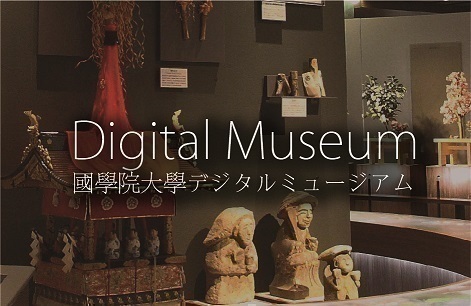- トップ
- Encyclopedia of Shinto
- Myōjin
Encyclopedia of Shinto
| Main Menu: | |
| Links: |
詳細表示 (Complete Article)
| カテゴリー1: | 2. Kami (Deities) |
|---|---|
| カテゴリー2: | Concepts of Kami |
| Title | Myōjin |
| Text | "Eminent deity." In ancient times, famed shrines of particularly impressive power and virtue were referred to as myōja shinmei (lit. "eminent shrines with divine luminaries"), as seen in the Sandai jitsuroku (901) entry for the 4th day of the 3rd month of 863. The earliest appearance of the term myōjin occurs in a Shoku Nihongi entry for the 10th month of 730, in which it states that gifts from the Chinese kingdom of Bohai were offered to "the eminent shrines in each province." Subsequent records show that offerings (hōhei, see hōbei) were forwarded to the "eminent deities of the Kinai [region around Kyoto]" and to the "eminent deities of the provinces on the Seven Routes [i.e., throughout the country]" during the reign of Emperor Kanmu when the capital was relocated, for rain-making rituals (amagoi), and so forth. In 811, the deities of Hayatani and Itsukishima shrines in Aki Province were consecrated as myōjin and the shrines included in the ranks of imperial shrines (kansha). Subsequent to this we see in the “six national histories” (Rikkokushi) some 120 occasions when deities were added to the list of eminent kami. ,Beginning with the reign of Emperor Saga in the Kōnin era (810–824), we see that in addition to imperial offerings (kenshi hōhei) being sent by the central government for the annual harvest prayers, there was also an increase in the frequency of provincial governors presenting “offerings to eminent deities” (myōjin hōhei) to mark the occasion of their appointments. This latter practice in turn led to one of presenting such offerings regularly to a specific group of prominent shrines in areas near to Kyoto including *Ise Shrine. By the early 10th century, the number of these shrines had grown to sixteen. Further, the shrines chosen to be recipients of gift-bearing envoys (daijinpōshi) sent on the occasion of a new emperor's coronation (a custom which began during the reign of Emperor Uda [r. 887-897]) as well as those chosen to be the highest ranked shrines in a province (ichinomiya) were almost all selected on the basis of their veneration of eminent kami, suggesting the importance with which these deities were held within the ritual system of the Heian period. ,The litany of special festivals (rinjisai) listed in Engishiki notes "285 festivals to eminent kami" at 203 shrines, a list that begins with the two shrines located on the grounds of the Imperial Household Ministry (Kunaishō)—Sonokami no yashiro and Karanokami no yashiro—and extends to shrines ranked from Kamonowakeikazuchi no kami no yashiro (i.e., Kamigamo Shrine) and Kamonomioya no kami no yashiro (i.e., Shimogamo Shrine) on down. This number differs somewhat from the 310 at 224 shrines included in the Engishiki's list of official shrines (Jinmyōchō), as well as from the 306 figure that other commentators propose. ,Some theorize that the homophone myōjin meaning "shining deity" (明神) is actually synonymous with the myōjin meaning "eminent kami" (名神). Others argue that the “shining deity” combination was in use prior to Engishiki; that combination in this theory refers to the kami themselves while “eminent deity” refers to a shrine. Whatever the case, the distinction between the two became increasingly blurred after the Kōnin era; from the medieval period onward, the “eminent deity” combination fell into disuse and instances of the use of “shining deity” rose. -Kobori Keiko
" |




